If you’ve ever watched The Mummy: Tomb of the Dragon Emperor and felt a sudden urge to sip tea under a willow tree in old Shanghai or wander among silent terracotta warriors, you’re not alone. This globe-trotting fantasy film didn’t just unleash resurrected emperors and flying fire-breathing dragons—it also unwrapped a scroll of Chinese history, mythology, and culture, one breathtaking scene at a time.
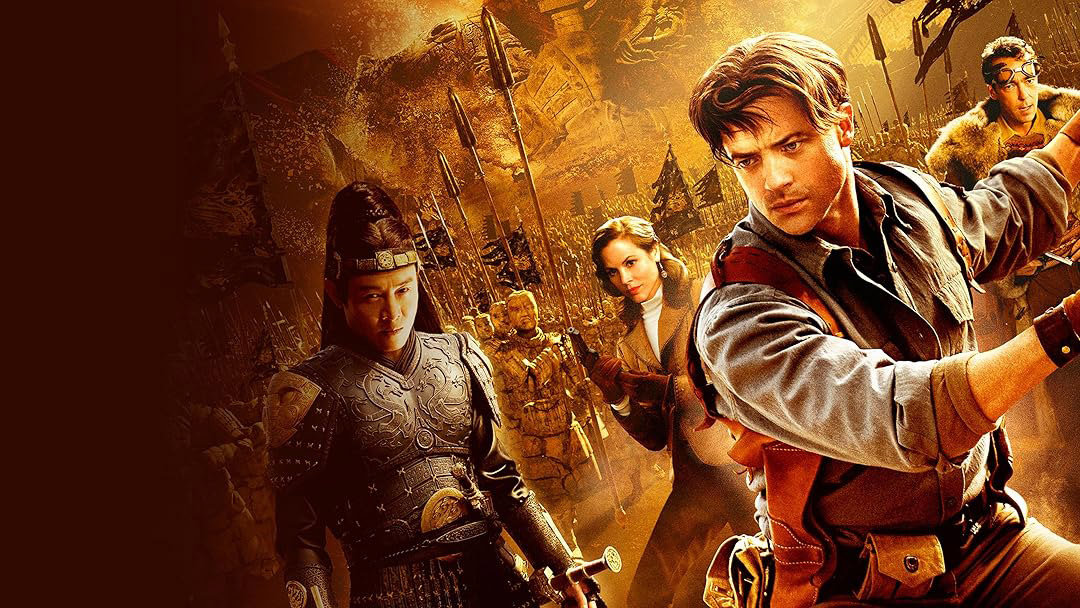
Let’s step into the silk-slippered shoes of the film’s explorers and trace how The Mummy 3 showcased China’s cinematic treasures—from Hebei’s imperial tombs to legendary martial arts, and from ancient folklore to the dazzling jazz-age streets of 1940s Shanghai.
Qingxi Mausoleum: Where Emperors Sleep and Mummies Rise
Tucked in the foothills of the Yanshan Mountains in Hebei Province, the Western Qing Tombs (Qingxi Mausoleum) made a cameo that history buffs likely cheered over. This UNESCO-worthy site is the final resting place of four Qing emperors and many royals. Its quiet grandeur—with spirit ways guarded by stone beasts and halls painted in imperial reds and golds—set the perfect stage for resurrecting the fictional Dragon Emperor.
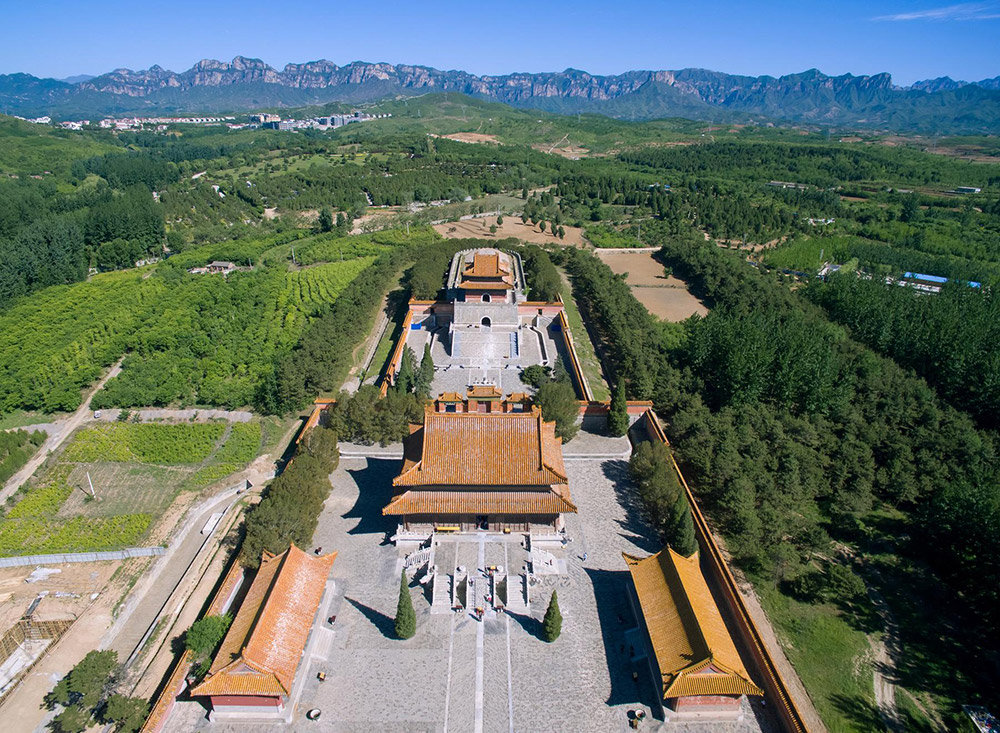
Though the Dragon Emperor in the movie is based on Qin Shi Huang, the real-life first Emperor of China who unified the warring states, the film takes a few magical liberties. Still, the tomb scenes, complete with Chinese architecture, dragon carvings, and incense-heavy rituals, capture the mood of reverence that places like Qingxi Mausoleum exude.
This location not only added historical authenticity but also allowed international audiences to glimpse one of China’s lesser-known yet deeply symbolic heritage sites.
Qin Shi Huang and the Terracotta Army: History Gets a Fantasy Makeover
In The Mummy 3, Jet Li’s Dragon Emperor is a fictionalized version of Qin Shi Huang, who famously commissioned the creation of the Terracotta Army to guard him in the afterlife. These life-sized clay warriors, discovered near Xi’an, are among China’s greatest archaeological wonders.
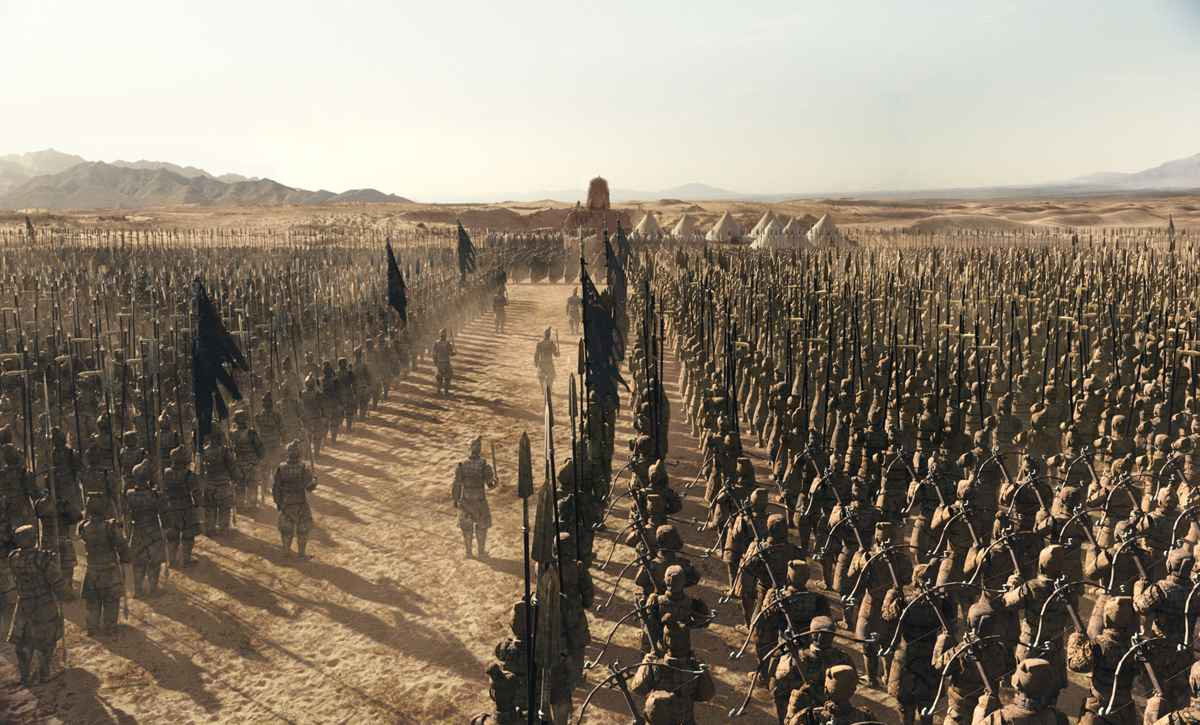
The film reimagines them as a petrified army awaiting revival—a concept that’s as thrilling on screen as it is poetic in legend. Although the actual terracotta warriors don’t spring to life and charge into battle, the idea taps into the rich Chinese belief in the afterlife, protection in death, and the immense power of imperial will.
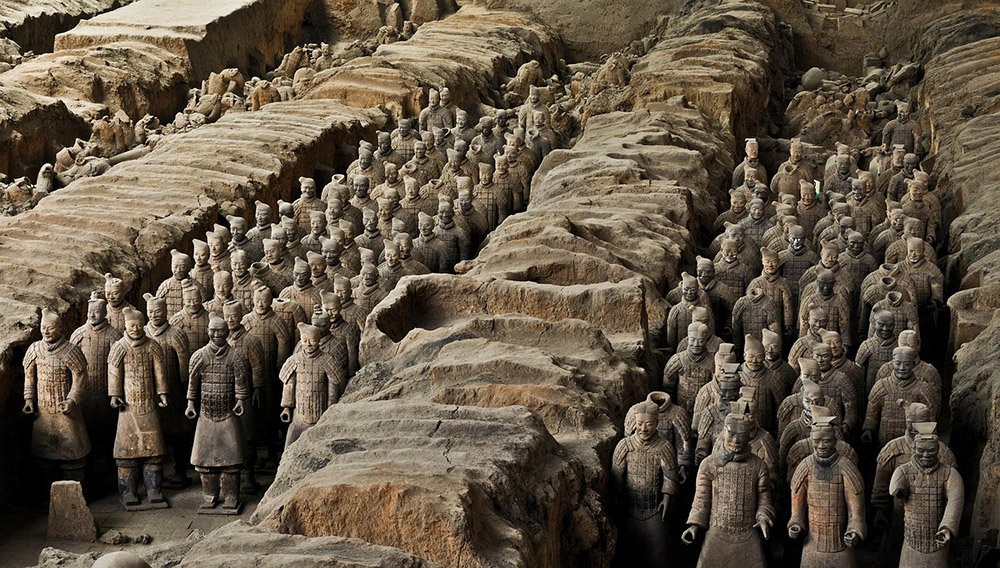
The use of ancient Chinese culture and mythology in the storyline, from forbidden spells to curses etched in oracle bone script, shows how history and fantasy often walk hand-in-hand in cinema.
Old Shanghai: Lanterns, Jazz, and Midnight Magic
Not all of The Mummy 3 is set in mystical tombs. The film opens with a glamorous detour to 1940s Shanghai, dripping in Art Deco elegance and smoky intrigue. Here, we see the contrast between East and West, tradition and modernity—a city of jade dragons and phonographs, silk qipaos and jazz orchestras.
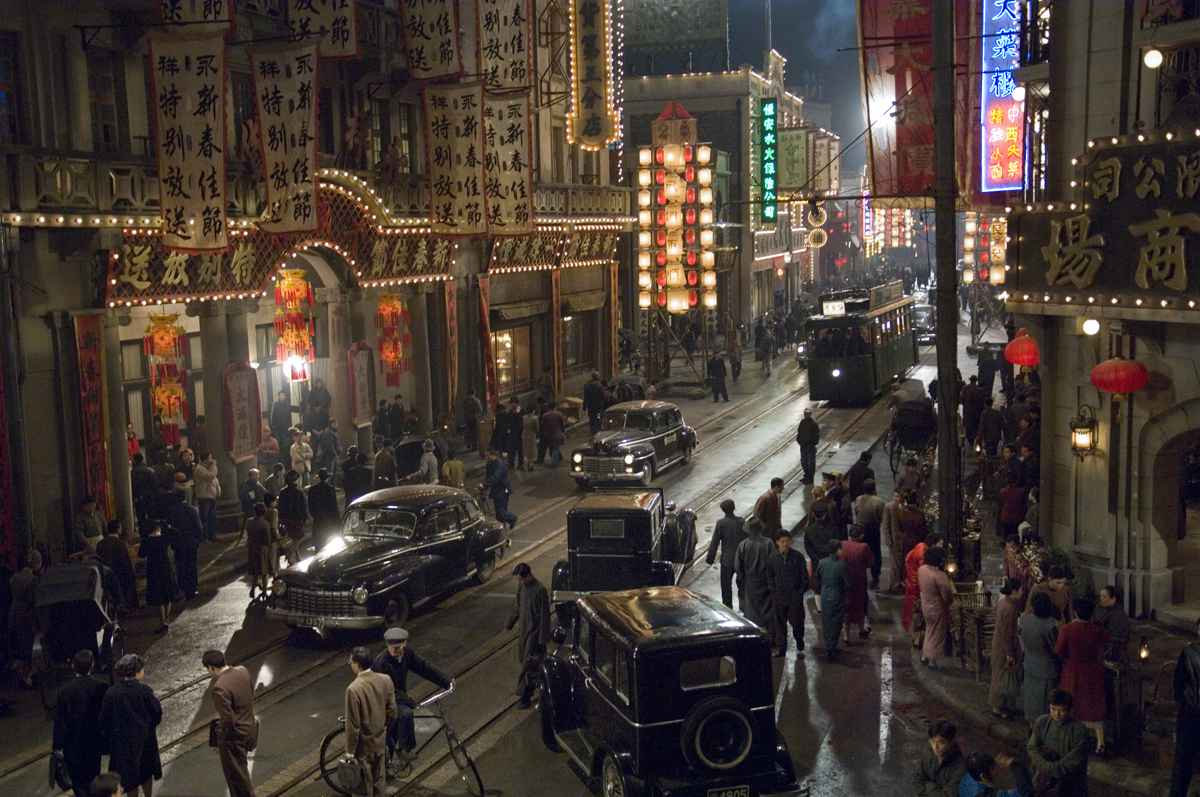
The film recreates this nostalgic cityscape with swirling lanterns, narrow alleyways, and neon signs, channeling the charm of Old Shanghai that once dazzled global adventurers and spies. For those interested in Shanghai travel or film locations in China, these scenes are a playful nod to the golden age of Chinese cinema.
Dragons, Mythology, and a Dash of Daoist Magic
What would a Chinese mummy movie be without a dragon or two? In this film, the Dragon Emperor earns his name by literally transforming into a giant three-headed dragon, an imaginative twist that blends Hollywood spectacle with traditional Chinese legends.
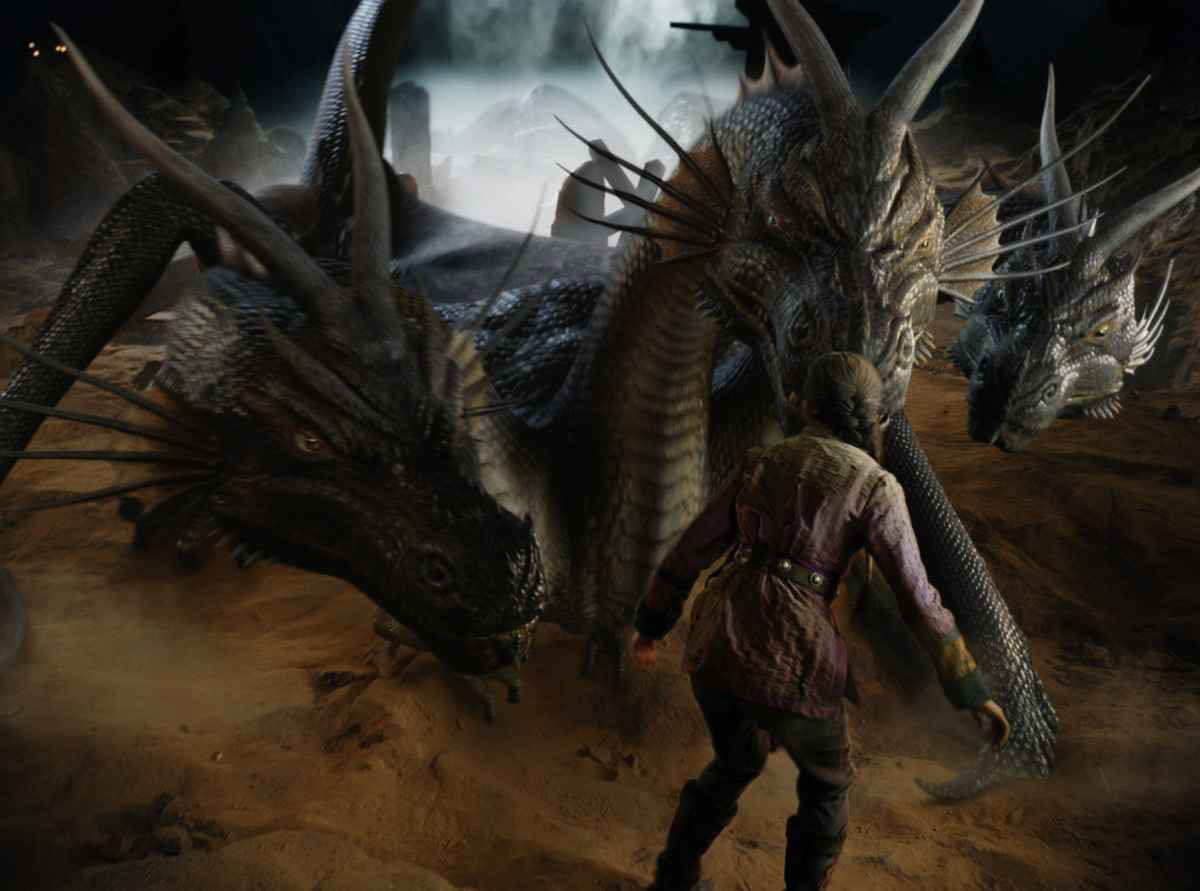
In Chinese mythology, dragons are not merely fire-breathers. They are noble, rain-bringing celestial beings linked to emperors and cosmic balance. The film taps into this symbolism, using the dragon motif not only for visual drama but as a nod to Chinese folklore and mythological creatures.
The presence of magical spells, shape-shifting, and immortal curses also echoes Daoist alchemical traditions and ancient Chinese beliefs in elixirs of life—albeit with more explosions.
Wushu Warriors and Crossbow Fights: Kung Fu Goes Cinematic
What’s a mummy movie without a little martial arts action? In The Mummy 3, Chinese martial arts take center stage, with Michelle Yeoh’s graceful moves and Jet Li’s commanding power adding depth to the action.
From sword fights in candlelit temples to Wushu battles on icy mountain slopes, the choreography respects traditional forms while dialing up the adrenaline. The movie introduces global audiences to the elegance, discipline, and storytelling embedded in Chinese kung fu, long admired in world cinema.
And let’s not forget the crossbows—a real Qin Dynasty innovation. These weapons, used in battle scenes, are a subtle historical Easter egg for fans of ancient Chinese warfare.
Pagodas, Temples, and the Aesthetic of Ancient China
Even in scenes filled with CGI chaos, the film doesn’t abandon its appreciation for Chinese architecture. The tombs are layered with carvings and tiled roofs, the temples glimmer with lacquered wood, and the mountain shrines balance precariously on cliffsides like something out of an ink painting.
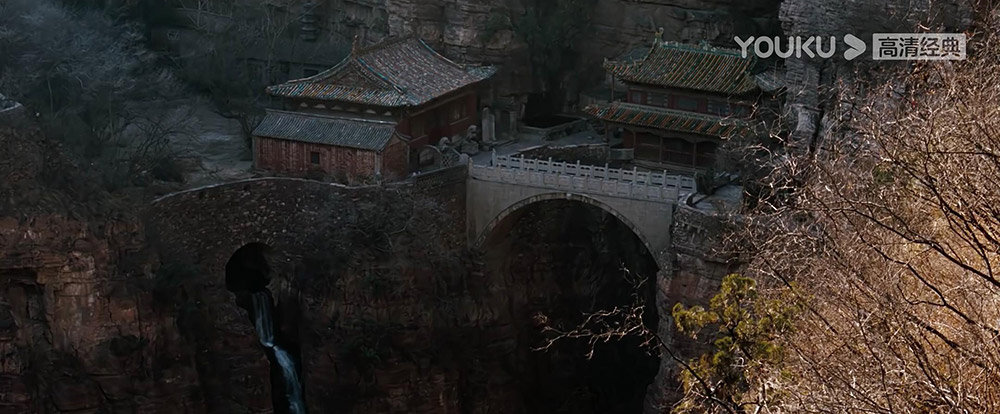
The architectural elements evoke traditional Chinese design, with sweeping eaves, dragon-headed ridge decorations, and quiet courtyards that reflect centuries of spiritual and cultural thought. For fans of ancient Chinese aesthetics, these backdrops turn every scene into a kind of moving scroll painting.
The Mummy Meets the Middle Kingdom
So, what do you get when you cross an undead emperor, a cursed army, and a city of lanterns? A cinematic mash-up that’s as chaotic as it is charming. While The Mummy: Tomb of the Dragon Emperor takes plenty of liberties with history, it also serves as a colorful gateway into Chinese culture, mythology, and heritage.
Whether it’s the real-world setting of Qingxi Mausoleum, the legendary tale of Qin Shi Huang, or the dreamy recreation of Shanghai in the 1940s, the film is a whirlwind tour through China’s past—spiced up with dragons, kung fu, and a little mummy magic.
For travelers inspired by the film, these elements make for a pretty great itinerary, too: from Hebei’s imperial tombs to Xi’an’s terracotta warriors, from Shanghai’s colonial glam to misty mountains where legends still whisper.
Because sometimes, to uncover the past, all you need is a little popcorn… and a plane ticket to China.
Contact us today to craft your dream China adventure!

